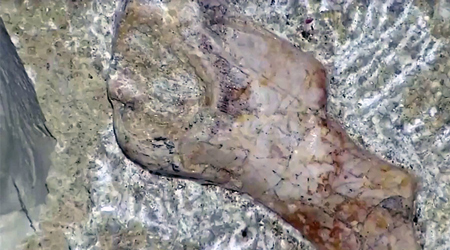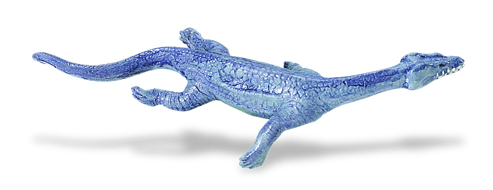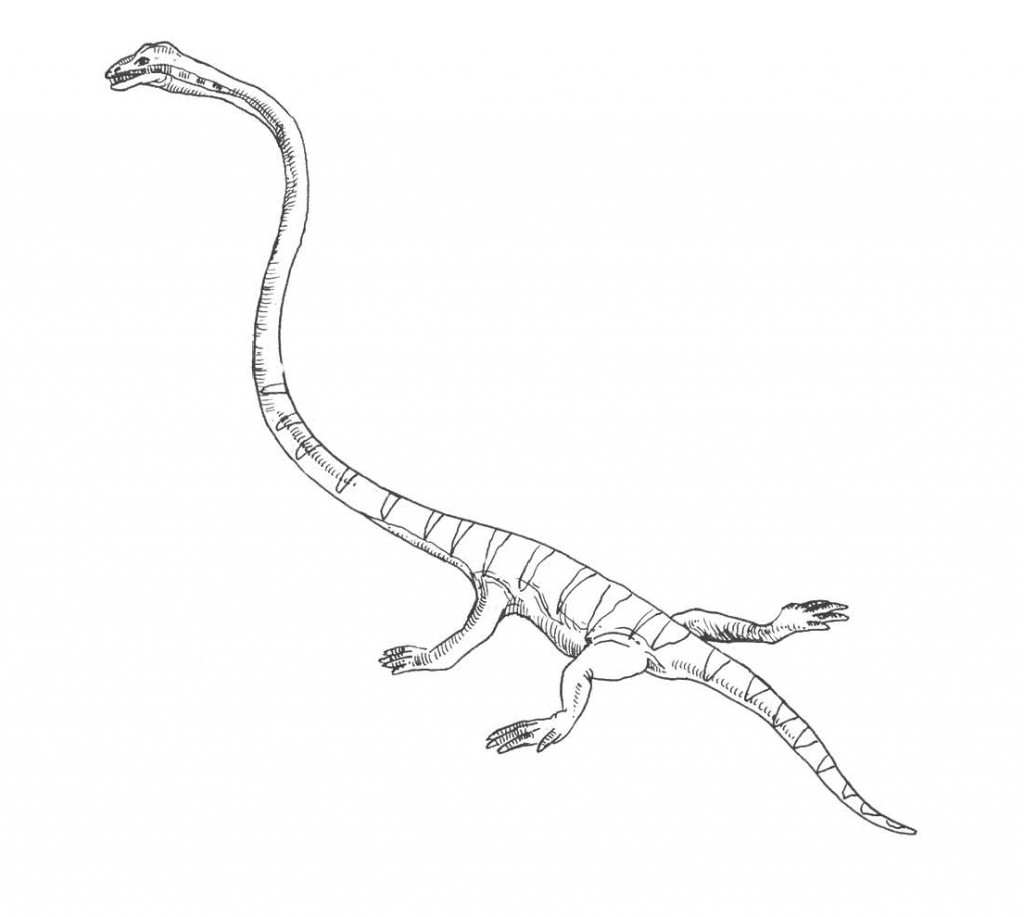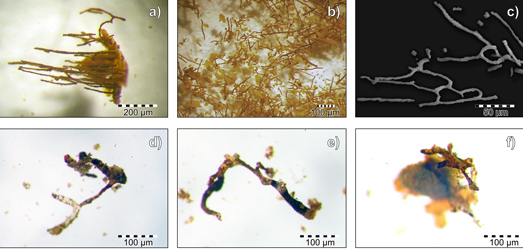Spectroscopic Studies on Organic Matter from Triassic Reptile Bones
More Evidence of Organic Matter Preserved in the Mesozoic Fossil Record
Over the last few years, Everything Dinosaur has reported on a number of fascinating research projects from around the world that suggest that there may be more to the fossil record than first meets the eye. In this article, we will examine a recently published paper that proposed that traces of organic compounds had been identified in Triassic reptile bones.
As more and more sophisticated research methodologies are employed, so there has been an exponential increase in our understanding of ancient life. One of the most controversial areas of research are those studies concerning the finding and identification of traces of organic material preserved in the fossilised bones of long-dead animals. A team of Polish scientists have recently published in the on-line academic journal “PLOS One” a paper detailing the discovery of blood vessels and traces in protein in the bones of Triassic reptiles.
Triassic Reptile Bones
As far as we are aware at Everything Dinosaur, this is the oldest organic material identified to date.
One of the Fossil Limb Bones Used in the Study
The scientists, which include researchers from the University of Silesia (Faculty of Earth Science), Jagiellonian University and the Polish Academy of Sciences report on the finding of preserved blood-vessel-like structures enclosing organic molecules that could be amino acids and fragments of other proteins including fibrils of collagen. It is thought that the organic material had been preserved in the 247-million-year-old specimens as the bones were rapidly mineralised.
The Shores of the Ancient Tethys Ocean
For much of the Early and Middle Triassic, the central northern portions of Europe, including the countries of Poland and Germany were submerged under a shallow sea (the western edge of the mighty Tethys Ocean). The limestone strata that was formed during this time preserve evidence of a rich and varied vertebrate fauna as a number of different types of diapsid reptile lived on the shoreline. The most common large vertebrate fossils are Nothosaurs and the evidence of organic material preservation came from a study of Nothosaur limb bones. In addition, the fossilised vertebrae (specifically a centrum) of an as yet unidentified Protanystropheus species was also studied.
A Model of a Triassic Marine Reptile a Nothosaurus
Picture credit: Everything Dinosaur
Studying Protanystropheus
Protanystropheus is a member of the Tanystropheidae family of Archosauromorphs, a strange group of reptiles characterised by extremely long and stiff necks that in some species represent more than half their entire body length. It is likely that both Nothosaurs and Protanystropheus were fish-eaters (piscivores).
An Illustration of a Typical Member of the Tanystropheidae (T. longobardicus)
Picture credit: Everything Dinosaur
Finding Fossil Biomolecules
The team, some of which had identified potential organic material in the fossilised remains of dinosaurs from the Gobi Desert, used an array of advanced and highly sophisticated research methods to identify the biomolecules. The team used several analysis methods including X-ray photo-electron spectroscopy (XPS), an environmental scanning electron microscope (ESEM) and fourier transform infrared spectroscopy (FTIR). Amino acids including hydroxyproline and hydroxylysine were found. This discovery provides the oldest evidence yet of preservation of complex organic molecules in vertebrate remains from a marine environment.
Commenting on the team’s findings researcher Dr. Andrzej Boczarowski (Faculty of Earth Science, University of Silesia) stated:
“Among other proteins, we managed to find collagen, one of the most important proteins in the bodies of animals in general and vertebrates in particular.”
Highly Magnified Images Showing Demineralised Blood Vessels from the Fossil Material
Picture credit: PLOS One
The pictures above show some of the images of demineralised blood vessels identified from the fossil samples.
- Picture (a) – parallel-orientated fossilised blood vessels from the Protanystropheus centrum.
- Photo (b) – fossilised “floating” blood vessels from the Protanystropheus centrum revealed during the demineralisation process (removing the calcium in a EDTA solution).
- Picture (c) – and ESEM image of branching (bifurcated) blood vessels mounted on a carbon conductive tab – this organic material was identified from a Nothosaurus femur.
- Pictures (d, e and f) – stereoscopic microscopic images of isolated branch-like blood vessels from the Nothosaurus femur.
Highly Magnified Fragment of Mineralised Blood Vessel with Tubular Morphology Preserved
Picture credit: PLOS One
ESEM Images
The picture above shows three ESEM images (g) a potential blood vessel mounted on a carbon conductive tab, (h) mineralised blood vessel showing preservation of a tubular shape from the Nothosaurus femur and (i) an image of a mineralised, damaged wall of a blood vessel from the Protanystropheus centrum.
Complex Molecular Analysis
Complex molecular analysis using highly sophisticated research techniques has yielded evidence of organic material in a number of Pleistocene specimens. Some organic material including the remnants of blood vessels and collagen has been reported in studies of Cretaceous aged fossil material, but such findings have been questioned and contamination or an infiltration of bacteria have been put forward as more likely sources of organic material. However, this new study further extends the age range of such potential organic material discoveries and may provide palaeontologists with further insight with regards to the biology of Early Triassic diapsid reptiles.






